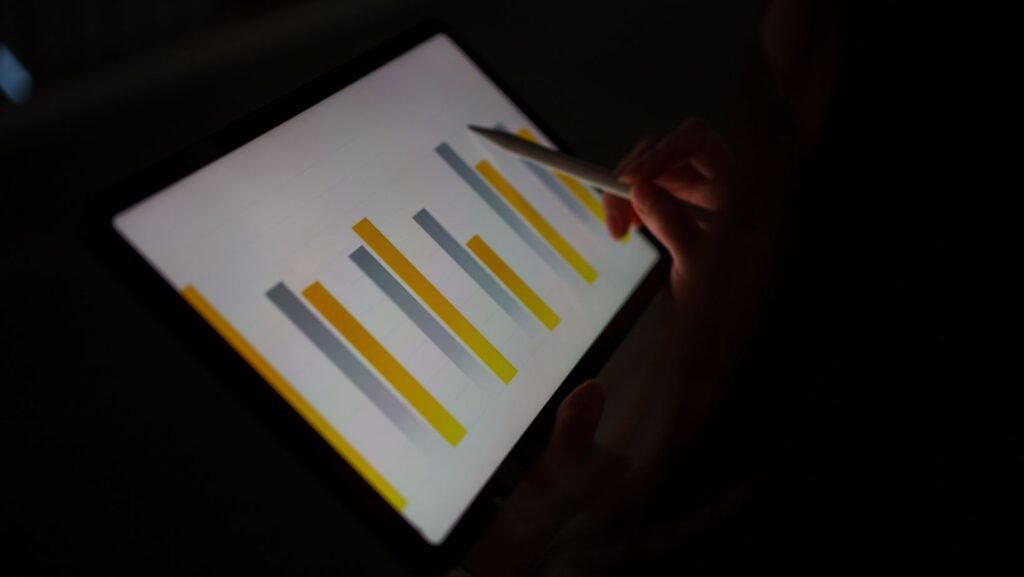In today’s fast-paced work environment, clarity and efficiency are paramount. Workflow visualization tools have emerged as essential assets for teams aiming to streamline processes and enhance productivity. By transforming complex tasks into clear visual representations, these tools enable users to identify bottlenecks and optimize workflows effectively.
Workflow Visualization Tools
Workflow visualization tools transform complex processes into clear visual representations. These tools enhance organizational clarity, streamline communication, and bolster team collaboration.
Types of Workflow Visualization Tools
-
 Flowcharts
Flowcharts
Flowcharts break down tasks into step-by-step illustrations. They highlight the sequence of actions, making it easier to identify inefficiencies. -
Kanban Boards
Kanban boards visualize work in progress. They enhance task management by allowing teams to see each item’s status at a glance. -
Gantt Charts
Gantt charts provide timelines for project tasks. They help teams schedule activities, allocate resources, and track progress over time. -
Mind Maps
Mind maps organize information hierarchically. They encourage brainstorming and provide a visual layout of ideas, tasks, and relationships. -
Swimlane Diagrams
Swimlane diagrams delineate roles and responsibilities. They visually represent who is accountable for each part of a process, enhancing accountability.
Benefits of Workflow Visualization Tools
-
Increased Clarity
Visual formats make it easier to comprehend workflows, minimizing misunderstandings. -
Enhanced Communication
Teams communicate more effectively through visual tools, reducing ambiguities linked to text-heavy instructions. -
Identifying Bottlenecks
Importance of Workflow Visualization
Workflow visualization tools play a crucial role in the operational success of organizations. They provide a framework for understanding complex tasks and streamline processes to drive efficiency and clarity.
Benefits for Organizations
 Organizations experience numerous benefits from implementing workflow visualization tools.
Organizations experience numerous benefits from implementing workflow visualization tools.
-
Increased Clarity: Visual representations of tasks break down complex processes into understandable components, ensuring all team members grasp their roles.
-
Efficiency Enhancement: By identifying workflows, teams pinpoint redundancies, allowing for process optimization.
-
Time Savings: Visual tools facilitate faster decision-making and task assignments, ultimately reducing project timelines.
-
Adaptability: Organizations can easily modify visual formats to align with changing project requirements.
Enhanced Communication and Collaboration
 Workflow visualization tools significantly improve communication and collaboration among team members.
Workflow visualization tools significantly improve communication and collaboration among team members.
-
Shared Understanding: Visual tools provide a single source of truth, reducing miscommunication and fostering collective awareness of project statuses.
-
Real-Time Updates: Teams can share updates and modifications instantly, ensuring everyone stays informed of changes.
-
Role Clarity: Clearly defined roles and responsibilities in visuals help avoid overlaps and ensure accountability.
-
Collaborative Problem-Solving: Team members can easily identify issues visually and engage in collective brainstorming to develop solutions.
Types of Workflow Visualization Tools
Workflow visualization tools vary by function and application, each designed to enhance process understanding and efficiency. Below are key categories of these tools.
Diagramming and Flowchart Tools
Diagramming and flowchart tools create visual representations of processes, making them easy to understand. Tools like Lucidchart and Microsoft Visio facilitate the design of flowcharts, process maps, and organizational charts. These platforms allow users to structure complex tasks, visualize decision paths, and identify inefficiencies. With templates and drag-and-drop features, teams can quickly produce clear, engaging diagrams to foster collaboration and discussion. Flowchart tools are instrumental for simplifying communication about processes and ensuring everyone involved comprehends the workflow.
Project Management Software
 Project management software incorporates workflow visualization features to track task progress and assign responsibilities. Tools such as Trello, Asana, and Miro integrate elements like Kanban boards and Gantt charts, providing a visual overview of project timelines and deliverables. These platforms enable team members to monitor project status in real time, facilitating transparency and accountability. Enhanced task tracking and role definition in project management software streamline communication, support agile methodologies, and improve overall project efficiency.
Project management software incorporates workflow visualization features to track task progress and assign responsibilities. Tools such as Trello, Asana, and Miro integrate elements like Kanban boards and Gantt charts, providing a visual overview of project timelines and deliverables. These platforms enable team members to monitor project status in real time, facilitating transparency and accountability. Enhanced task tracking and role definition in project management software streamline communication, support agile methodologies, and improve overall project efficiency.
Key Features to Consider
When selecting workflow visualization tools organizations should focus on functionality flexibility and user-friendliness. The right tool should cater to specific team needs while offering seamless integration with existing systems. Customization options can enhance usability allowing teams to adapt the tool to their unique processes.
Additionally it’s vital to consider collaboration features which enable real-time updates and effective communication among team members. A strong support system and resources for training can also make a significant difference in maximizing the tool’s potential.
Ultimately the choice of a workflow visualization tool can lead to significant improvements in efficiency and teamwork fostering a culture of innovation and adaptability in any organization.

